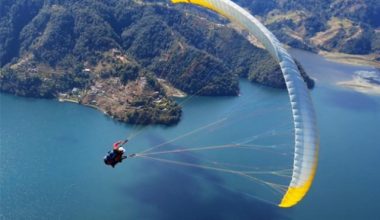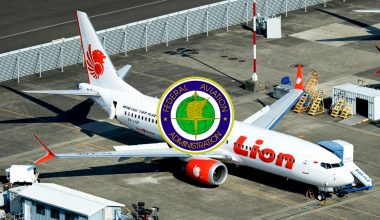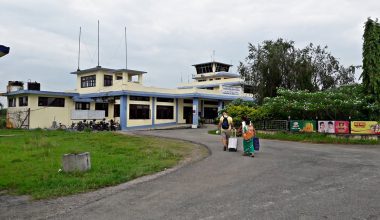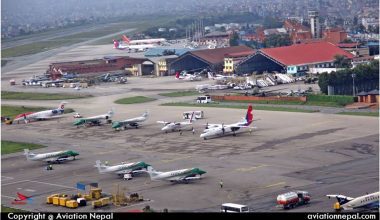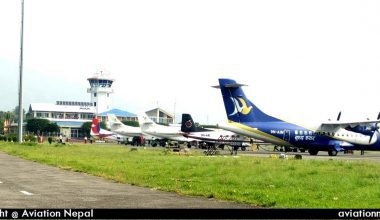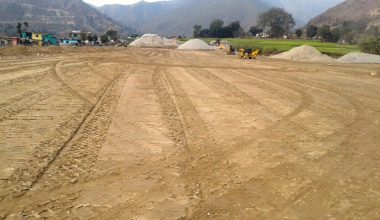-KATHMANDU
State Owned Flag Carrier, Nepal Airlines Corporation (NAC) has initiated its process of steps to phase out its second Boeing 757 ‘9N-ACB’ MSN 23863 fitted with RB211-535E4 engines after selling off the first one on December, last year.
Spokesperson Mr. Rabindra Shrestha said that the corporation has also decided to sell all the spare parts and avionics equipment as it would now have an all Airbus fleet. The carrier on May 8th had issued a request for proposals (RFP) for a full appraisal of the Boeing 757-200 Gandaki including spare parts/tools of B757 Aircraft.
The value of the aircraft that will be purchased or sold is assessed will be done during an appraisal. After the assessor submits the appraisal report, the value of the aircraft will be ascertained and then will be kept up for auction after setting a minimum price value.
The corporation has targeted to phase out its 30 years old vintage Boeing 757 by mid-2019 which will be replaced by the two Airbus A330-200 which are scheduled to arrive in June and July respectively for the two Boeing 757s.
American manufactured Boeing 727, aircraft equipped with jet engines, joined the fleet of NAC in 1972 for the first time. The jet had seating capacity up to 123 passengers. Due to sole international airport of Nepal, it was used for international flights only. B727 served till 1993. NAC had operated two B727 in its fleet.
NAC leased B767-300 from Lauda Air Italy in 2001 and was operated for very short period of time. It seated up to 251. Presently, the aircraft is being operated by Ryan Air.
NAC had received its first B757 (9N-ACA) on Sep 9, 1987 whereas next one (9N-ACB) on Sep 15, 1988 which is one the rare Boeing 757 aircraft with the combo variety with a forward cargo hatch and passengers configuration. It is a mid-sized, narrow body twin-engine jet having seating capacity of 200. It was in production from 1981 to 2004.
NAC moved to sell off its two 757s as it was no longer profitable to fly them due to their high maintenance costs compared to the revenue they bring in, airline officials said. Each of NAC’s Boeings earns about Rs2 billion annually, and it costs the carrier almost the same in maintenance expenses. It will mark the end of the Boeing era in Nepal that began nearly five decades ago.
The plane’s high fuel consumption is another matter of concern for the state-owned airline. According to Shrestha, the Boeing 757 burns 4 tonnes of fuel per hour, compared to 2.5 tonnes for the new Airbus A320 aircraft. The corporation currently possesses two 158-seater A320 jets which were delivered in 2015. Shrestha said the management was also mulling to add two more A320 aircraft in the fleet in the near future.
Nepal Airlines recorded a meager 1.04 percent growth in passenger traffic after the carrier put one of its two Boeing 757s up for auction last year. It flew 388,329 passengers during the review period.
The flag carrier is operating domestic and international flights with its 11 aircraft. 2 Twin-Otter (DHC-6), 2 MA 60 and 4 Y12e operates for domestic sector whereas 1 Boeing 757 and 2 Airbus A320s operate international flights to 7 destinations around the world.

